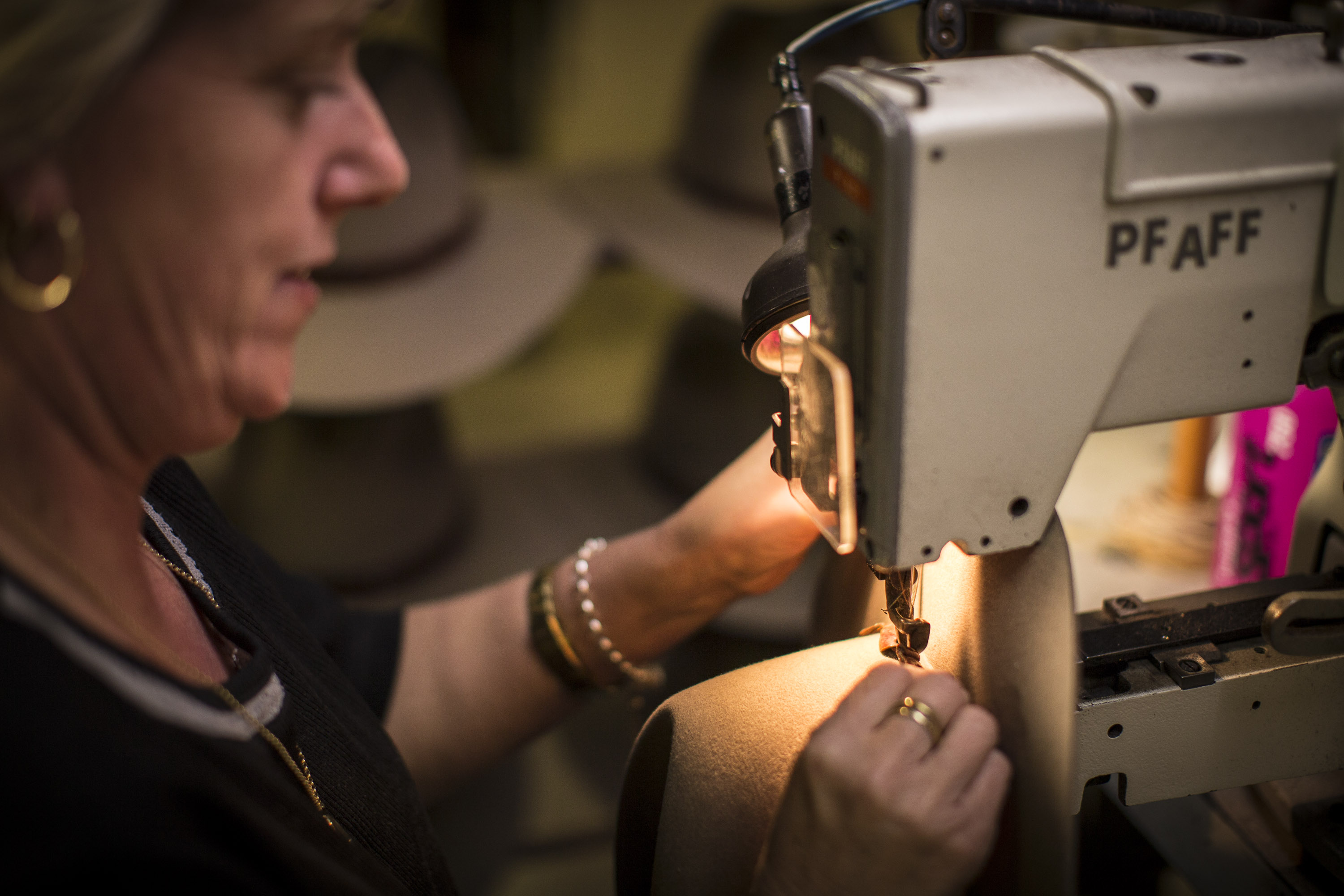Get with the times: Akubra takes a step into the 21st century

For 130 years, Akubra has been making iconic Australian fur felt hats. But up until the last 18 months, the company was stuck in the '80s, operating on a DOS-based system.
The DOS system was made up of three modules designed to mimic a manual paper system that the company was utilising prior to its introduction. This meant that documentation about how many hats were being produced and at what sizes were entered into a database, rather than being handwritten.
The financial system also operated on the DOS system, and compiled invoices every time an order was sent out with details about what styles of hats were sold, how many were sold to each state, and which salesman sold it. However, it failed to record what size or colour hats were sold.
But since joining the company four years ago as Akubra's operations manager, Ron Palin said he recognised that the company needed to replace its systems -- fast.
"When I arrived, they said, 'Can you look over the systems?' I had a look over the system, and the more I looked, there were some areas that just didn't do the job; there were whole sections of people doing the programming on areas that were being missed, other sections were so slow or slower than if they were done manually," he said.

"So making hats, suffice to say, it's a pretty complicated process, and there are a lot of variables that needs to be taken into account in writing code, and the software needed to be able to do that," he said.
"More than anything, it needed to be fast so people could ring up, place an order over the phone, and the system would respond to somebody over the phone. While people don't normally ring up for a 64-line order over the phone, they do ring up ordering two or three lines of hats."
The company has been progressively rolling out the new platform for last 18 months, and the results have already started to show.
Palin said that for the first time, the company expects to be able to deliver all of its orders before January, or even pre-Christmas.
"We're shipping same day, and we've never done that. The supervisor said, 'I can't remember a Christmas where all the orders are out before January or before we went away.' It's not like we're late, but the factory is now so on time that we're delivering faster, and we know where things are," he said.
He added that the company has experienced the "best six months in a row since the '80s" in terms of sales and volume numbers.
Further to this, the company has been able to improve its customer service, and is now able to inform customers of where their package is, what exactly they will be receiving, and enable them to track it.
Palin continued, saying: "We know where things are now; I used to spend an enormous amount of time, probably four to eight hours out of my 50-hour week, looking for things ... and if a customer rang up, I couldn't give them an answer. Now, I can look it up and I can say, 'This hat was sent out yesterday and I know where it is today'."
He noted that while it's not a new function, as it's something that companies such as Amazon have been doing for years, for this company "it's a big difference".
So what took so long for the company to upgrade? Palin said that for a long time, the former owner and chairman of the company "wasn't big on computers", and even when the company was running on the DOS system, it was all running on secondhand PCs.
"The reason why it took so long was he wasn't in a hurry to change it. It was an improvement, and it was more efficient than what the company had before, and life went on," he said.
It wasn't until Steve Kier, the great, great grandson of the former owner, took over the business that the need for an upgrade was realised, Palin said.
Fortunately, over the progressive rollout, the company did not face too many challenges when it came to change management. Palin said it was mainly because the DOS system was only used by a total of seven staff members in the company, and training staff was "negligible" and therefore took up little time before they were all using it.
As part of the rollout, the company also switched from becoming a Windows-only machine environment to completing 80 percent of its work processes on Apple Macs running Windows on Parallels Desktop.
"Basically, the stations in the factory run on Mac, and we don't worry about them. They really are better than Windows machines," Palin said.
"The boss has also been using Windows for a long time, and just opted for a MacBook recently, because he's seeing what it's doing around the place."
Another change that the upgrade brought about was to the company's network, which was rewired with Cat6 network cables.
"The biggest problem I had was the network that was in place was very old, so I ended up rewiring it because we couldn't hold signals as we were getting both wireless and Ethernet interference," explained Palin.